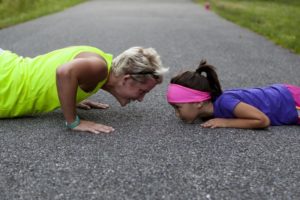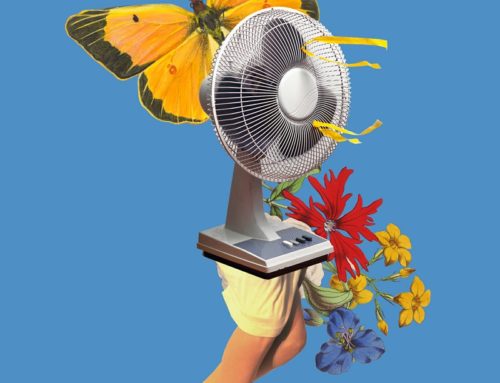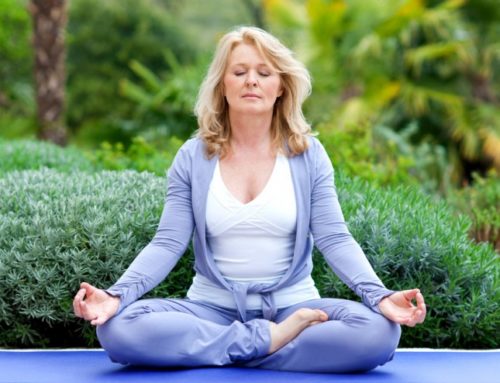 Welcome to our in-depth article concerning Strength and Weight Training before, during and after menopause. Because menopause is something that happens to every woman eventually, we want to be there to support you in this time. Our bodies, hormones, and moods change and the struggle to feel strong and well can be frustrating, never-ending and just downright hopeless at times. Luckily for you, we have compiled a detailed list of information for you to read and hopefully benefit from to gain a better perspective and outlook on your physical and mental well-being.
Welcome to our in-depth article concerning Strength and Weight Training before, during and after menopause. Because menopause is something that happens to every woman eventually, we want to be there to support you in this time. Our bodies, hormones, and moods change and the struggle to feel strong and well can be frustrating, never-ending and just downright hopeless at times. Luckily for you, we have compiled a detailed list of information for you to read and hopefully benefit from to gain a better perspective and outlook on your physical and mental well-being.
About 40 percent of our bodies are made up of muscle. We use these for all types of movement and when those muscles are strong, we can move confidently without having to worry about injury. Sarcopenia, a reduction in muscle strength and size, happens as the body ages. Muscle loss can also be attributed to a lack of activity, a low protein diet, injury, and illness. The ACSM’s Guidelines for Exercise Testing and Prescription found that “weight training programs for women are effective in preserving muscle mass and preventing sarcopenia and the decline of metabolic rate” while Westcott and Baechle in Strength Training Past 50 muse that you’re “probably too old not to exercise”.
Research has found that as we reach adulthood, without proper exercise, we can lose five to seven pounds of muscle every ten years. This may not sound like a quick decline but let’s look at the facts. The average healthy woman who exercises regularly gains approximately 0.5 to 1 pound of muscle per month. We gain even less if we are exercising irregularly or not at all but that muscle loss still occurs regardless. By getting ahead of the game, we can reduce that muscle loss and stay stronger longer. The 1998 edition of the ACSM found there is almost a “30 percent decrease in overall strength between the age of 50 and 70 years, with dramatic losses after age 70”. This is the time when we begin to feel premenopausal symptoms occur which can give us the heads up to get moving and take advantage of our youthfulness and build a foundation that will last us past that 70-year mark.
How we can build that foundation
Justin Lind, a certified personal trainer and coach found that “many women nearing menopausal age have an established regimen of yoga and cardio-focused classes.” While these classes are definitely beneficial to your health, if you do not incorporate any resistance training into your routine, Justin says “you are doing nothing to mitigate the almost certain loss of lean mass and bone density.” Always start slow. Consult your doctor or hire a personal trainer to get ideas that are right for you and your body before leaping into strength training.
Your primary choices include weight machines, hand-held weights, and resistance tubing which is much easier to use at home because it doesn’t require a large space like machines. If you want to use weights to train, the rule of thumb is you should be able to perform three sets of 10 repetitions. If you cannot, find a lighter weight and try again. Some gyms have machines which are intended to prevent injury and improve efficiency in the movement by isolating muscles. Always consult with your doctor or physical therapist about the best movements to support your body. If you feel you will get the most out of a gym membership, a certified trainer at the gym may also be helpful, but certifications vary greatly and you need to know where they received their certification from. Ask for a client reference to call and make sure it’s someone in your age range. Be your own advocate! If you do hire a trainer, ask questions like “Am I doing this right?” You can also snap a photo or video of the trainer performing the movement. It will help you as you gain confidence in this type of exercise, whether at home or in the gym. Top certifying bodies include:
- American Council on Exercise (ACE)
- National Academy of Sports Medicine (NASM)
- American College of Sports Medicine (ACSM)
- National Strength and Conditioning Association (NSCA)
If you do decide to hire a personal trainer, here are some ideas of what they may give you to work on:
Deadlifts: Under the trainers’ supervision you can use use the barbell deadlift or for a safer option try suitcase deadlifts with a heavy kettlebell or dumbbell in each hand. Starting out brand new? Begin with the weights on a small box. This lowers the amount of space you need to lift the weights in and allows for your muscles to adjust to the strain.
Farmer’s Carries: Your trainer will have you pick up a heavy weight in each hand like you are carrying a suitcase and carry them across a short distance. They may increase the distance or weight over time as you progress.
Yoke Holds or Walks: These are similar to a Farmer’s Carry but instead of holding the weights like a suitcase they will rest on your shoulders. This can provide balance, focus, and stability in your legs as well as your core. Again, if you are new, your trainer may have you skip the walk and just stand while holding the weight in the same position. Focus on your posture and position. Simply being under a heavy load will stimulate increases in connective tissue strength and bone density.
Sleds: This one is a personal favorite. Imagine the Strong-Man competitions you see of them pushing a bus through a cheering crowd. Your sled will be a little lighter than a bus obviously but it’s the same idea. The sleds at the gym have a long handle and a platform in the front for weight to be added as you build your strength. Make sure to ask your trainer about posture while performing this exercise so as not to injure the back.
While we can’t stop the aging process, nor can we stop the decline in bone density and muscles mass, this does not mean we have to just accept these things as a geriatric sentence. With a just few adjustments to your habits, and a positive mindset, you can maintain strong bone and muscle health late into life.






